Description
Product Model: GE F650BFBF2G0HIE
Product Brand: GE (General Electric, GE Grid Solutions / Multilin)
Product Series: F650 Feeder Protection / Bay Controller
Product Features:
- Integrated protection, control, metering, and automation for feeder circuits
- Supports multiple communication protocols (IEC 61850, DNP3, Modbus)
- Dual redundant power inputs and modular I/O architecture
- Built-in HMI display, event & fault recording, and programmable logic (FlexLogic)
Applications & Industry Context
Across power distribution networks—utilities, industrial plants, renewable farms—reliable feeder protection is vital. The GE F650BFBF2G0HIE addresses that core need by combining protection, control, monitoring, and automation in a single relay unit.
In utility substations, this relay serves at the head of feeder circuits—detecting overcurrent, ground faults, directional faults, and dynamically controlling breakers. It’s also found in industrial plants to protect main supply feeders, load centers, or motor feeders where coordination and fast trip logic are mandatory.
Because modern electrical networks demand high observability, the F650BFBF2G0HIE provides metering and waveform capture alongside protective functions. These capabilities support operator decision-making, fault tracing, and system health monitoring—a necessity in smart grid and automated substation environments.
In medium-voltage distribution systems, integrating multiple relays across feeders, ring-mains, and radial structures, this relay is used to maintain stability, reduce outage impact, and coordinate backup protection. The ability to automate reclosers and support IEC 61850 communications makes it suitable for modern substation networks.
Plant automation, especially in power-intensive industries (steel, petrochemical, mining), also benefit: the relay can protect feeders, manage interlocks, and exchange data with DCS/SCADA systems. Because of its modular I/O, logic, and communication features, it becomes a multi-role device rather than just a protective relay.
- F650 F650BFBF2G0HIE
- F650 F650BFBF2G0HIE
Technical Features & Benefits
The GE F650BFBF2G0HIE is designed to function as a digital bay controller / feeder management relay, combining advanced protection with automation and communications.
Protection & Control Suite
It supports a wide set of protection functions: overcurrent (50/51, high-set versions), directional overcurrent (67), ground fault (50N/51N / sensitive residual), negative-sequence fault (46), thermal overload (49), undervoltage/overvoltage (27/59), under/over frequency (81U/81O), and recloser/auto-reclosing logic (79) . The logic environment (FlexLogic) allows customization of interlocking, logic sequences, virtual devices, and timers—providing flexibility without extra hardware.
Communications & Integration
This model supports multiple protocols: IEC 61850 (ed.2), DNP3 (LAN/WAN), Modbus RTU/TCP, and IEC 60870 communications. Dual Ethernet ports often provide redundant paths, and RS-485 ports support legacy networks.
Redundant Power & Modularity
The “2G” in the suffix denotes dual auxiliary supply design—meaning the relay can accept backup power without compromising operation. Modularity in I/O allows customization of digital inputs/outputs and analog I/O depending on project needs.
Monitoring, Recording & Diagnostics
Built-in metering (volts, currents, power, energy, frequency), sequence-of-events (SOE) logs, and waveform capture (oscillography) provide rich diagnostic data during and after faults. The local HMI with display and keypad allows on-site interaction, parameter editing, and status viewing.
Reliability & Environmental Design
GE designed the relay to withstand typical substation conditions: wide temperature ranges, electromagnetic environments, and vibration. Modular design helps ease maintenance, and the relay’s firmware is field upgradeable.
From a benefits standpoint: fewer discrete devices in the panel, reduced wiring and footprint, unified logic for protection & automation, and smoother integration with modern SCADA or IEC 61850-based architectures.
Technical Specifications
Below is a representative specification summary. For exact values and variant-specific details, always refer to GE’s product datasheet.
| Specification | Typical Description |
|---|---|
| Model | GE F650BFBF2G0HIE |
| Series | GE Multilin / F650 Feeder Protection / Bay Controller |
| Protection Functions | Overcurrent, directional, ground fault, negative-sequence, thermal, voltage, frequency, recloser logic |
| Communications | Ethernet (IEC 61850, DNP3 TCP/IP), RS-485, Modbus RTU/TC P, IEC 60870-5 |
| Auxiliary Supply | Dual (redundant) supply, typically 24–48 V DC / AC (as indicated by “2G”) |
| CT Input | 1 A or 5 A (specified by configuration) |
| Voltage Inputs | 120/240 V AC or other VTs depending on configuration |
| Digital I/O | Expandable digital input/output modules (DI/DO) |
| Date Recording | SOE (timestamped events), waveform capture, fault records |
| Display / HMI | Local LCD / keypad interface integrated |
| Operating Temperature | Roughly −40 °C to +70 °C (industrial grade) |
| Mounting | Panel cut-out / embedded design common in protection panels |
| Dimensions & Weight | Varies by variant and casing; typically compact for substation mounting |
Installation & Maintenance Insights
When deploying GE F650BFBF2G0HIE, follow these real-world best practices:
- Panel Cut-out & Mounting: The relay is typically embedded into a protection panel via a defined cut-out (e.g. 92mm × 92mm or similar). Ensure proper gasket and sealing, especially in environmental enclosures.
- Power Redundancy Wiring: Wire both auxiliary power inputs (2G) with proper isolation and fusing so redundancy functions correctly under a fault of one supply.
- CT / VT Wiring: Use accurate termination and shielding techniques for CT/VT circuits; mismatches or noise injection often degrade measurement accuracy.
- I/O Module Cabling: If using external DI/DO or analog I/O modules, route cables separately, use shielded wiring, and maintain signal group separation (power vs control).
- Parameter Backup & Settings: Always backup the settings before firmware upgrade or major parameter modification. GE’s software (e.g. EnerVista UR Setup) is typically used for configuration.
- Commissioning Checks: Use the relay’s self-test and LED indicators (status, communication, fault LEDs) to verify correct installation before energizing the system.
- Routine Maintenance: During yearly or semiannual checks, review fault logs, SOE records, verify calibrations, inspect terminal torque, and look for environmental stress signs (dust, corrosion).
- Firmware Updates: If GE releases updated firmware, test in a controlled environment before deploying broadly in protection panels.
- Spare Strategy: Keep a spare configured unit if possible. Because the relay supports hot-swappable I/O modules and replacement is relatively straightforward, downtime can be minimized.
In many established power plants, engineers report replacing protection relays fewer than once per decade, so reliability and maintainability are key.
Related Models
Here are variants or comparable devices in the F650 / protection relay landscape:
- GE F650BBFB2G0HIE – Single power / basic display variant
- GE F650DFBF2G0HIE – Motor protection-oriented variant
- GE F650BFBF1G0HIE – Variant with alternate I/O or fewer features
- GE F650 (generic) – The base series for feeder protection relays
- GE L90 / Multilin M90 – Older feeder protection relays GE offered prior to F650
- GE 850 Relays – For higher voltage feeders or transformer protection
- GE F70 / F80 Series – Other series in GE / Multilin catalog for feeder / line protection
- SEL-751 / SEL-351 – Common competitors in feeder protection relay space
Field Observations & Best Practices
In utility environments, operators frequently choose the GE F650BFBF2G0HIE for its flexible logic capabilities (FlexLogic) and communications reach. For instance, a distribution utility might use it to manage reclosers, sectionalizers, and feeder automation from SCADA. The flexibility of combining protection and automation logic in one device avoids the need for separate PLCs or relays.
A common field insight: enabling redundant power and using dual Ethernet paths increases relay availability—especially in environments with unstable auxiliary supply or high electromagnetic interference.
Another practical tip: during commissioning, simulate fault conditions and verify that the relay performs trip, reclose, event capture, and logic transitions correctly. It’s better to catch configuration errors before the device goes live.
In many installations, fault records and waveform capture stored in the relay have proven invaluable during post-mortem analysis—often revealing switching transients or CT saturation issues that would otherwise go unnoticed.
Due to its modular I/O, teams often add digital I/O or analog monitoring capabilities during grid expansion—without replacing the entire device. Because the F650BFBF2G0HIE supports logic and automation, it often ends up as a local substation controller, not just a protection device.

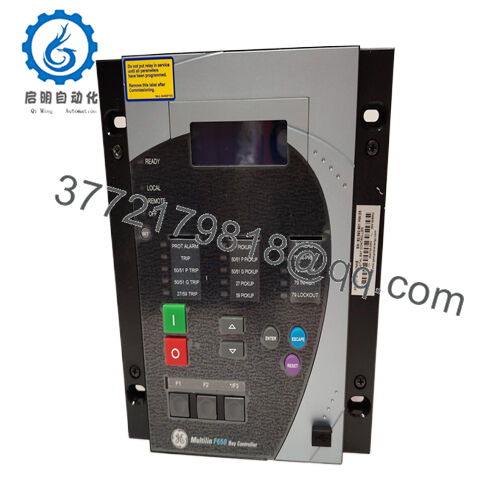
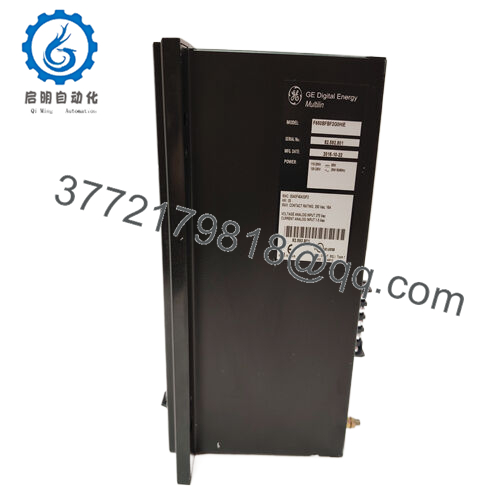
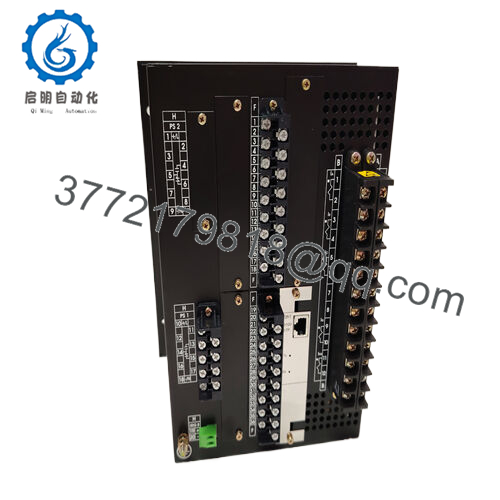
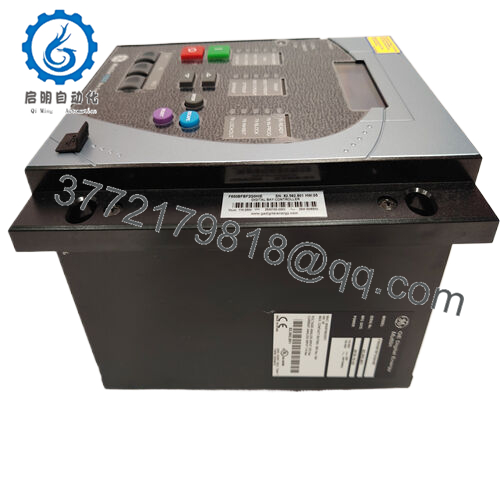
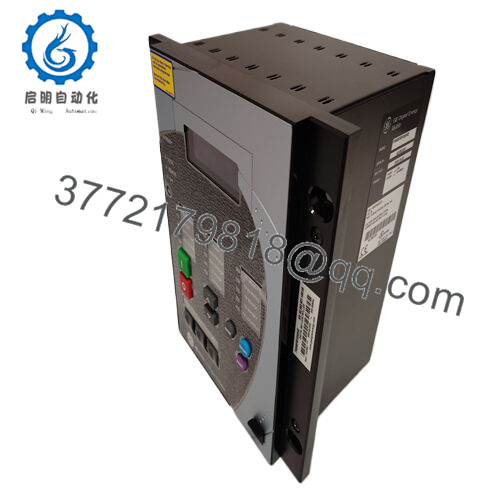
 WhatsApp: +86 16626708626
WhatsApp: +86 16626708626 Email:
Email:  Phone: +86 16626708626
Phone: +86 16626708626


